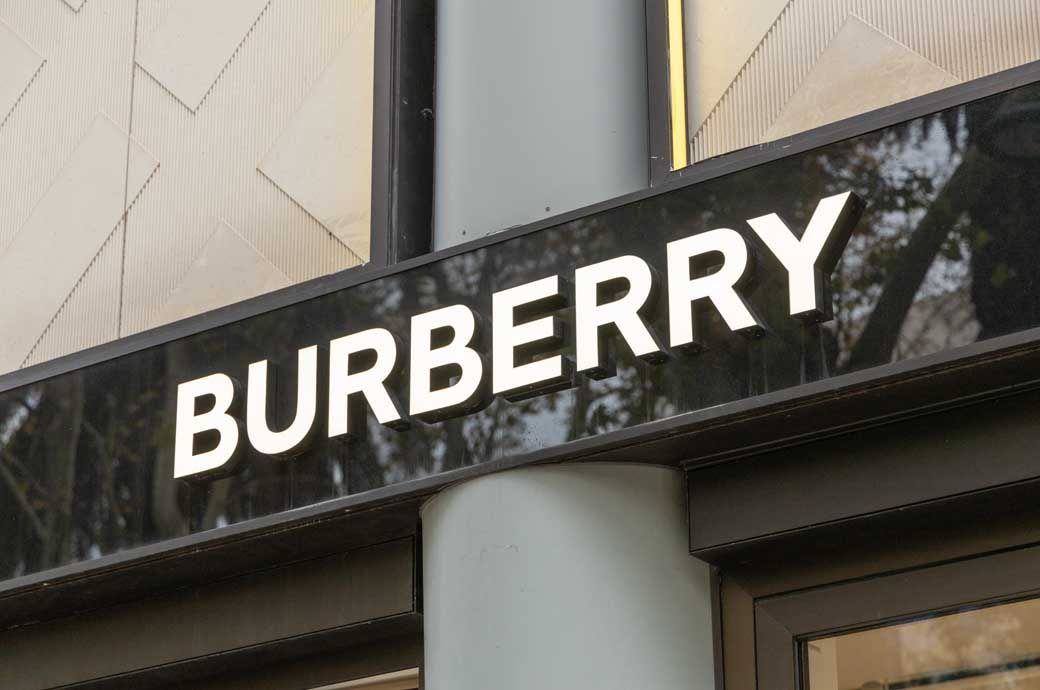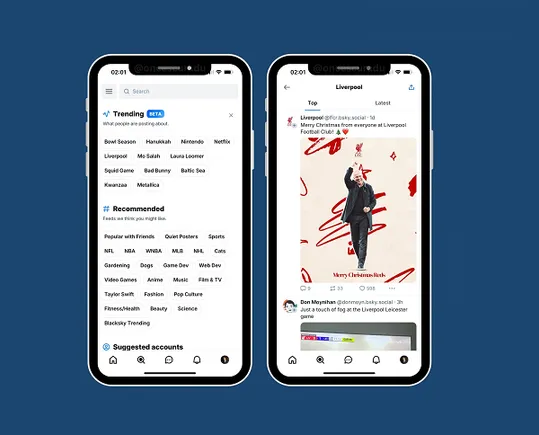Making a marketing video is an invaluable way to market your business and promote your services even on the smallest budget. In this article, you’ll find out what steps are involved in creating a short marketing video.
Steps To Making a Short Marketing Video
There are a few critical components to making a successful marketing video.
1. Choose Your Subject Matter Wisely
Your video should reflect the message you want to communicate to your target audience. If you’re selling a product, focus on demonstrating its features and benefits. If you’re promoting a service or idea, showcase how it can benefit your customers.
2. Plan Your Filming Schedule Carefully
You don’t have much time for a marketing video, so make the most of it by planning your shoot well in advance. Avoid scheduling your shoot during busy times (like during rush hour) or inclement weather conditions. And be sure to account for any potential interruptions – like kids running into the room – during filming.
3. Shoot On Location If Possible
If you can shoot your video on location, it will give your video more substance and credibility. Plus, it will add an element of authenticity that can help increase viewer engagement. Consider using natural settings like a park or garden if possible.
Use creative camera angles and editing techniques to make your footage more interesting. A video shot in a boring, traditional way might not engage viewers, so it’s not likely to convert them into customers.
To make your video more exciting and engaging, consider using creative camera angles or editing techniques to add some spice. For example, you can use slow-motion footage (or cut the clip in half) to show different perspectives on one situation or event (like someone walking down a hallway).
This technique is especially effective when you’re filming a point-of-view shot – like when someone is talking about something behind their back. Or try shooting your video from above or below the person speaking.
4. Add Music To Heighten Viewer Interest
Music can do a lot to bring life to your video. You can use the song to set the mood, like when you want listeners or viewers to feel inspired, motivated, or excited before they watch your video. Or use music to encourage your audience to take action after watching your video. This is called “music for persuasion,” These videos are often viral because they get people to take action immediately.
5. Use YouTube Annotations And Titles.
YouTube features allow you to add interactive elements (also called annotations) next to each minute of each video in a playlist (like an “annotated version”). Annotations help viewers learn more about topics discussed in the video by linking them with related articles, quizzes, and other interactive elements.
These annotations, called YouTube cards, can be turned on or off by the viewers in the video’s “video settings.”YouTube also includes a feature that lets you add an explanatory title (also called a “ticker”) next to each minute of videos on your playlist.
Titles are also available for individual videos within playlists and can be turned on or off in the video settings. These features provide a great way to make your videos more engaging, fun, and effective. If you use annotations or titles, try adding them to all of your top-performing YouTube marketing clips.
6. Use YouTube Pop-Up Video Ads
YouTube’s advertising system is so powerful that you can place an ad on a video and have it automatically appear at certain times during that video. This feature is called “Pop-Up Video Ads,” and it’s integrated into the videos you upload to YouTube and your videos.
With Pop-Up Video Ads, YouTube will automatically open up an ad window within your video 30 seconds after the end. You can select your content area to display the ad from a world map.
7. Use Visually Explaining Videos For Your Products Or Services
YouTube Annotations will allow you to add text or images to your video. You can visually explain how your product works or how to use it by adding annotations. With the power of YouTube Annotations and the ability for users to rate and comment on them, you may get precious feedback from your customers when you have this feature enabled.
8. View Your Videos From Multiple Sources
YouTube provides you with many ways to view your videos from multiple sources, and here are some of the most popular ones: The best way to watch a video is in full-screen mode. However, sometimes those videos can be more convenient if viewed within another application that allows you to watch them in full-screen mode.
Planning And Story-Boarding Your Video
- Creating a script
- Choosing the right camera
- Setting up your shot
- Post-production tips
Planning and storyboarding your video can be daunting, but with some creativity and helpful tips, it can be a breeze to create a great short marketing video.
1. Plan Your Story: What are you trying to communicate with your video? What message are you trying to send? A well-planned video will help you focus your message and engage your audience.
2. Storyboard Your Video: This will help you visualize the video’s flow and ensure that all the scenes are connected virtually. You can use sketches or rough drawings to get started, then refine them as you go along.
3. Choose The Right Camera For Your Project: A good camera will help you capture incredible footage that will look professional onscreen. Consider factors like image quality, lens options, and portability when choosing a camera.
4. Set Up Your Shot: Once you have chosen your camera, it’s time to set up your shot. Make sure that everything is in place before recording begins. If you need to, check the camera’s viewfinder to ensure everything is lined up correctly.
5. Record The Video: Now that everything is in place, it’s time to record your video project. This part can feel a little awkward if you’re not used to recording yourself, but don’t worry; go with it and try not to think about it too much.
6. Edit Your Video Online Or Onscreen: When you are finished shooting your video, editing the footage before sharing it online or sending it off for processing at a professional lab like Kowa Video Lab is a good idea. This way, you can ensure that everything looks great and that the quality is correct before you put the footage into someone else’s hands.
7. Upload The Videos: Upload your video to a site like YouTube or Vimeo, and embed it on your blog or website. Once you’ve uploaded your final product, it’s time to share it with the world! You can always link to another page where people can legally view or purchase your work. Just make sure you have permission to use any images or music in your video before uploading.
8. Promote The Video: This is where things get fun for filmmakers and photographers: promoting their videos online. People love watching them, and once they learn about how awesome you are, they want to know more about what else you’re doing-especially if you incorporate your skills and business in your videos that are useful to your target audience.
Conclusion
Making a short marketing video can be a great way to show your Product or service in the best possible light. Following these simple steps, you can create a powerful video to help you reach your target audience. Don’t hesitate to start planning your video today.



































































